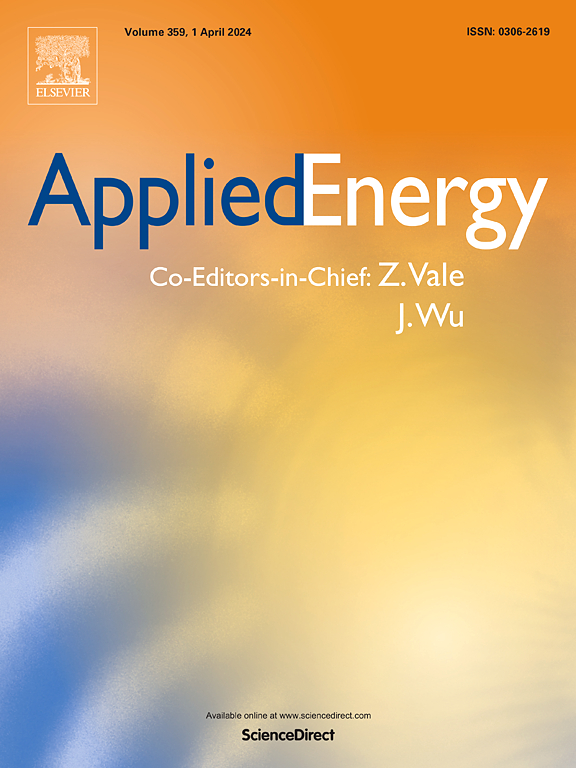Forecasting the output performance of PEMFCs via a novel deep learning framework considering varying operating conditions and time scales
IF 10.1
1区 工程技术
Q1 ENERGY & FUELS
引用次数: 0
Abstract
Proton exchange membrane fuel cell (PEMFC) represents a significant technology for hydrogen energy conversion and are widely utilized in renewable energy systems. However, their performance tends to degrade over time during operation. Accurate prediction of PEMFCs performance is critical for optimizing hydrogen energy efficiency and ensuring the reliability of renewable energy systems. Meanwhile, the monitoring data collected from PEMFCs exhibit characteristics of diverse types, varying time resolutions, and distinct operating conditions, which complicate accurate predictions. To address this challenge, the feature-fusion and feature-attention blocks are developed to amalgamate interactive information and emphasize key features across various monitoring datasets. Based on the blocks, the feature-fusion and feature-attention deep learning (FFA-DL) framework that incorporates convolutional long short-term memory (ConvLSTM) networks is proposed. To validate the proposed framework, real-world data from two operation conditions, FC1 and FC2, are employed. The results demonstrate that the FFA-DL framework effectively extracts valuable information from complex monitoring data, thereby enhancing the accuracy of PEMFCs performance prediction. FFA-DL significantly enhanced prediction performance of the embedding models for both FC1 and FC2, and the FFA-enhanced ConvLSTM (FFA-ConvLSTM) outperformed other models with R2 of 0.9631 and 0.9946 for FC1 and FC2, respectively. Additionally, the FFA-ConvLSTM exhibited excellent robustness and accuracy for data under varying time resolutions, with R2 exceeding 0.9200 and 0.9800 for FC1 and FC2, respectively.
求助全文
约1分钟内获得全文
求助全文
来源期刊

Applied Energy
工程技术-工程:化工
CiteScore
21.20
自引率
10.70%
发文量
1830
审稿时长
41 days
期刊介绍:
Applied Energy serves as a platform for sharing innovations, research, development, and demonstrations in energy conversion, conservation, and sustainable energy systems. The journal covers topics such as optimal energy resource use, environmental pollutant mitigation, and energy process analysis. It welcomes original papers, review articles, technical notes, and letters to the editor. Authors are encouraged to submit manuscripts that bridge the gap between research, development, and implementation. The journal addresses a wide spectrum of topics, including fossil and renewable energy technologies, energy economics, and environmental impacts. Applied Energy also explores modeling and forecasting, conservation strategies, and the social and economic implications of energy policies, including climate change mitigation. It is complemented by the open-access journal Advances in Applied Energy.
 求助内容:
求助内容: 应助结果提醒方式:
应助结果提醒方式:


